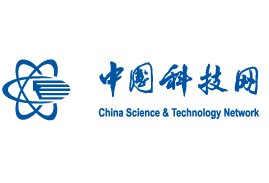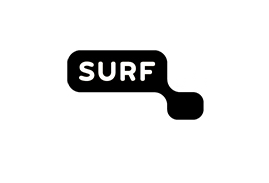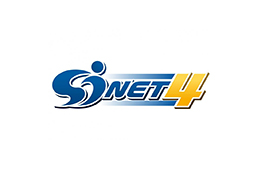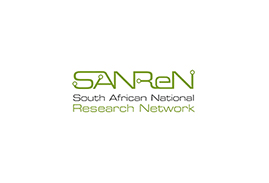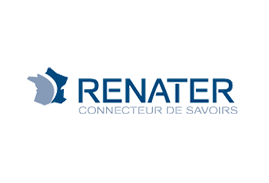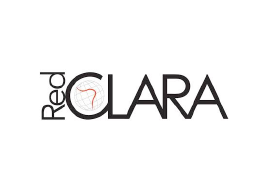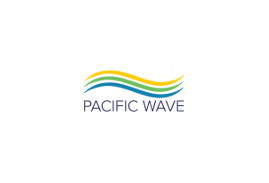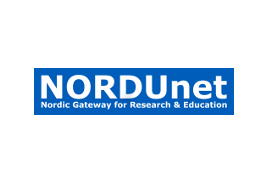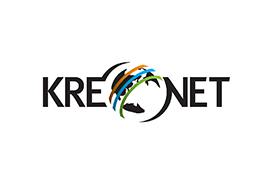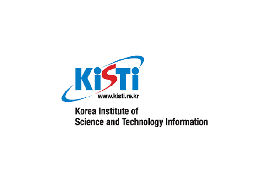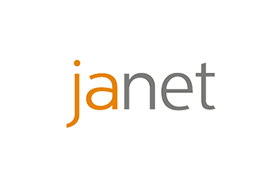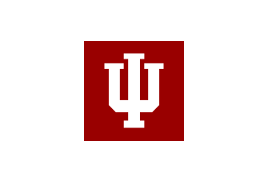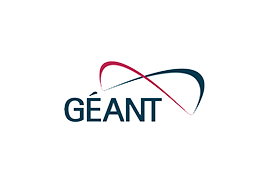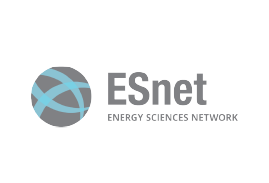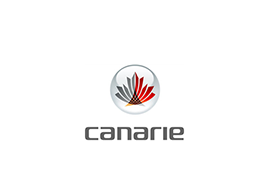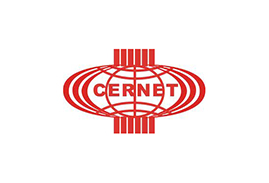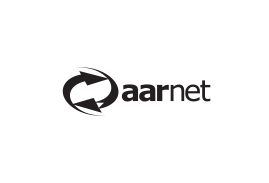Established: Q1 2025
Digital transformation poses numerous challenges to modern organisations, whose users are demanding fast setup of secure, stable, reliable, and resilient services. Faced with an increased need for automation and self-delivery in their organisations to cover these demands, Research & Education institutions are progressing with the development of their digital ecosystems at different pace.
Previous research on the status of orchestration, automation and virtualisation in the European NREN community showed significant differences among the institutions in scope. The differences were observed at the level of user groups and use cases, implementation approaches, levels, tools, systems, and processes. Knowledge gaps were mentioned as some of the major problems R&E face around these topics. Such differences made it hard to be able to develop and offer multi-domain services in production.
The Network eAcademy, as a service in GÉANT, was born to help and support organisations in human capital development in Network-development-related domains, as an umbrella covering several activities. Such activities have included so far promotional content around orchestration, automation and virtualisation, architecture analysis, terminology documents, a Maturity Model and, probably the most popular activity, training programmes “from the community for the community”. The training programmes are continuously developed by the Network eAcademy team in GÉANT, with collaboration from other tasks and external organisations, and include tracks on Automation, including Artificial Intelligence, Quantum Technologies and Optical Time and Frequency Networks (OTFN). 40 units in Moodle have been published under the Network Automation track, together with architecture analyses and external collaborations from the Global NOC (GNOC) at Indiana University and SoBigData Academy.
The Network eAcademy training is accessible for all R&E institutions via eduGAIN.
Objectives:
Research and Education Networks and institutions around the globe are facing the same challenges as in the GÉANT community. As Artificial Intelligence strikes in all areas, new tools arise, others disappear or stop being used, and with the daily operations of the network, an up-to-date training programme with inputs from actors in all the regions of the world is a must.
The objectives of this Working Group are to:
- Make the current contents and tools of the Network eAcademy available to the entire research and education community and known through meetings, GNA-G community VCs and side meetings.
- Be a tool for Research and Education institutions around the world to help them check their maturity status and compare their architecture in Orchestration, Automation and Virtualisation with other sibling organisations.
- Be a platform for knowledge sharing and discussion to improve the content of the Network eAcademy, in the areas of Automation, Artificial Intelligence, Quantum Technologies, and other Network Development areas.
Contact details:
Learn More
chevron_right

